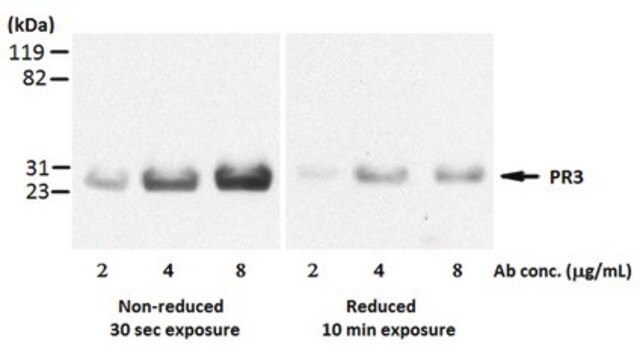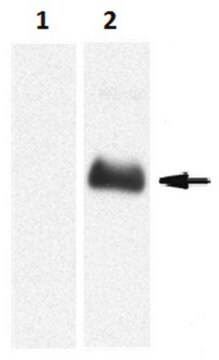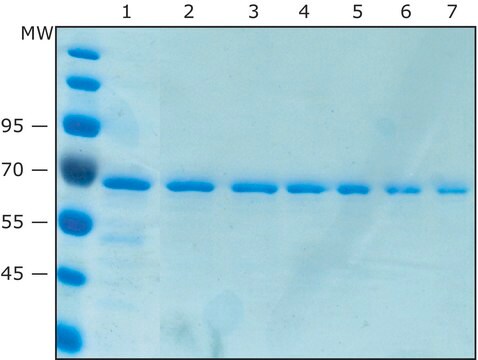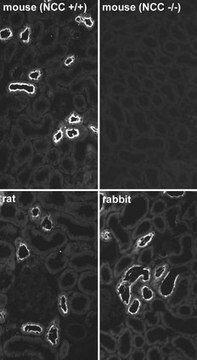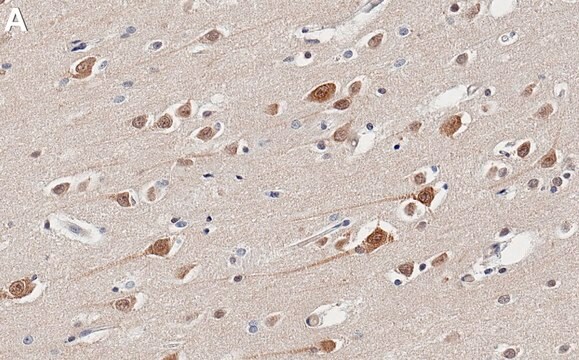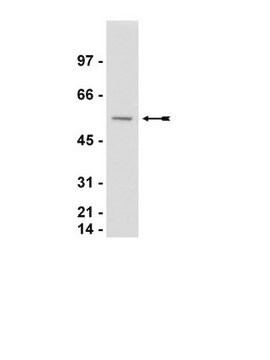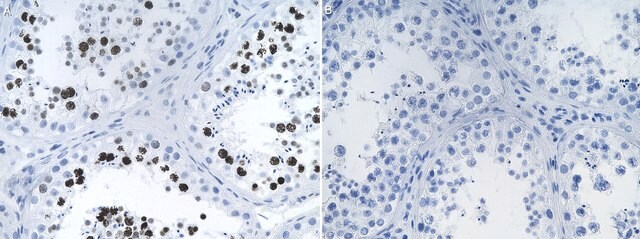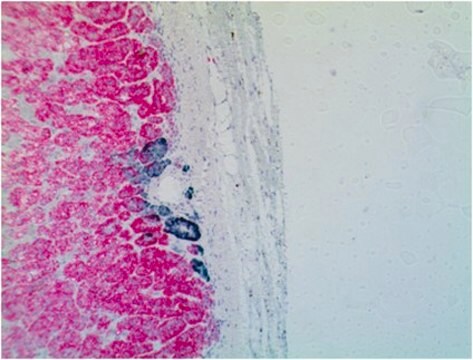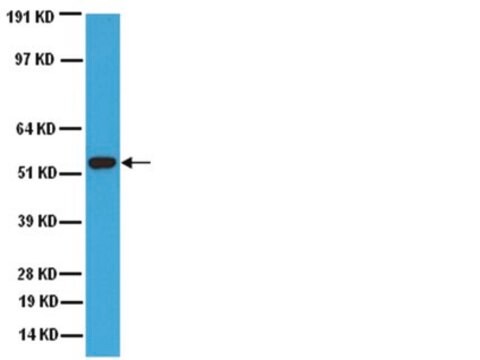MABT340
Anti-Proteinase 3/PR3 Antibody, clone MCPR3-2
clone MCPR3-2, from mouse
Sinónimos:
Myeloblastin, AGP7, C-ANCA antigen, Leukocyte proteinase 3, Neutrophil proteinase 4, NP-4, P29, PR-3, PR3, Wegener autoantigen
About This Item
FACS
WB
affinity binding assay
affinity binding assay: suitable
flow cytometry: suitable
western blot: suitable
Productos recomendados
biological source
mouse
Quality Level
antibody form
purified antibody
antibody product type
primary antibodies
clone
MCPR3-2, monoclonal
species reactivity
human
should not react with
mouse
technique(s)
ELISA: suitable
affinity binding assay: suitable
flow cytometry: suitable
western blot: suitable
isotype
IgG1κ
NCBI accession no.
UniProt accession no.
shipped in
wet ice
target post-translational modification
unmodified
Gene Information
human ... PRTN3(5657)
General description
Specificity
Immunogen
Application
Cell Structure
Inflammation & Autoimmune Mechanisms
Flow Cytometry Analysis: A representative lot detected a large population of human peripheral blood neutrophils with surface PR3. The entire population became positively stained after TNFa-stimulation (Hinkofer, L.C., et al. (2013). J. Biol. Chem. 288(37):26635-26648).
Flow Cytometry Analysis: A representative lot bound immobilized recombinant human PR3 via a distinct epitope than those recognized by clone MCPR3-3 and MCPR3-7 (Cat. No. MABF973 and MABT403, respectively) as determined by FACS analysis of bead-based competition binding assay (Silva, F., et al. (2010). J. Autoimmun. 35(4) 299-308).
Flow Cytometry Analysis: A representative lot bound recombinant human PR3-, but not murine PR3-, coated Talon-beads as determined by FACS analysis. (Silva, F., et al. (2010). J. Autoimmun. 35(4) 299-308).
ELISA Analysis: Representative lots were immobilized on well surface and employed to capture purified human polymorphonuclear cell PR3 or recombinant human PR3 S176A mutant, followed by affinity pull-down of PR3 autoantibodies (anti-neutrophil cytoplasmic antibodies or ANCA) from patients serum samples by the captured PR3 and the subsequent detection of the bound ANCA by alkaline phosphatase-conjugated goat anti-human IgG (Silva, F., et al. (2010). J. Autoimmun. 35(4) 299-308; Sun, J., et al. (1998). J. Immunol. Methods. 211(1-2):111-123).
Western Blotting Analysis: A representative lot detected an exogenously expressed S176A mutant PR3 in lysates from transfected HMC-1 human mast cells as well as purified PR3 from human polymorphonuclear cells (Sun, J., et al. (1998). J. Immunol. Methods. 211(1-2):111-123).
Affinity Binding Assay: A representative lot captured a recombinant human PR3 construct proP-PR3ctp that adopts a pro-PR3 conformation and a recombinant construct ΔPR3ctp-S195A that adopts a mature PR3 conformation with similar affinity (Hinkofer, L.C., et al. (2013). J. Biol. Chem. 288(37):26635-26648).
Quality
Isotyping Analysis: The identity of this monoclonal antibody is confirmed by isotyping test to be IgG1κ.
Target description
Physical form
Storage and Stability
Other Notes
Disclaimer
¿No encuentra el producto adecuado?
Pruebe nuestro Herramienta de selección de productos.
Storage Class
12 - Non Combustible Liquids
wgk_germany
WGK 1
flash_point_f
Not applicable
flash_point_c
Not applicable
Certificados de análisis (COA)
Busque Certificados de análisis (COA) introduciendo el número de lote del producto. Los números de lote se encuentran en la etiqueta del producto después de las palabras «Lot» o «Batch»
¿Ya tiene este producto?
Encuentre la documentación para los productos que ha comprado recientemente en la Biblioteca de documentos.
Nuestro equipo de científicos tiene experiencia en todas las áreas de investigación: Ciencias de la vida, Ciencia de los materiales, Síntesis química, Cromatografía, Analítica y muchas otras.
Póngase en contacto con el Servicio técnico